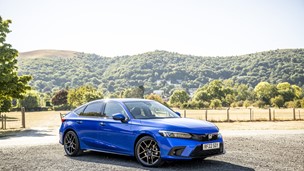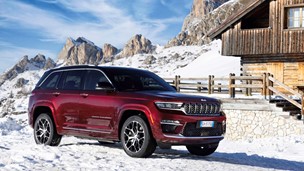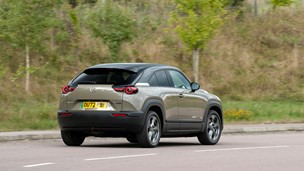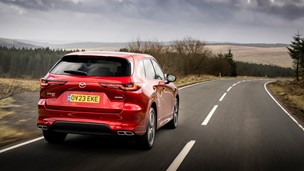Chevrolet has been building Camaros, on and off, since 1966, and although there have been major differences between individual models they could all be described as muscle cars. There may be as many definitions of the term "muscle car" as there are people who are prepared to attempt the defining, so I'm open to the possibility that you might disagree with mine, but here goes anyway: features common to all these machines are that they look great, they're brutally powerful, they make a fantastic noise, and they collapse in a sobbing heap if required to negotiate more than one corner per State.To my discomfort and perhaps your amusement, the fifth-generation Camaro that has just gone on sale in the UK doesn't fit with much of the above. I stoutly maintain, however, that it is an extraordinarily handsome car - better in Coupé form, to me, than as a Convertible, though I think the Convertible tested here looks pretty fetch all the same, and I'm sure the four young ladies who admired it from a passing Ford Ka would agree with me if I could find them.There's something very 1970s about the design, which you might like or, alternatively, might not like. Either way, it's not important, firstly because the most beautiful of the original muscle cars were devised in the 70s, so that's okay, and secondly because this new Camaro doesn't actually look anything like any of the previous four.My definition starts to become flaky at the mention of brutal power. Current Camaros all use a 6.2-litre V8 petrol engine which comes in two forms. The LS3 produces a maximum of 426bhp and is used in cars with manual transmission, while automatics like the test car get the L99 which is basically the same unit detuned so that its peak output is 399bhp.Both figures are high, of course, but not so high as to make one gasp. Not these days. If you want a car that produces more than 500bhp you have plenty of choice, and it's a sign of how muscle car development has stagnated that something like the Camaro isn't pumping out nearer 700.On the other hand, it's questionable how relevant all this is when even a 399bhp Camaro has more power than you can use on the public road except in very short bursts. Speaking of which, how does it sound in those rare circumstances?Quite good, actually, though the sound isn't evocative enough to stir the blood unless you're on full throttle. Under less forceful acceleration it sounds almost tame, and in town you can hardly hear the thing at all. A poor surface can create road noise which drowns out most of what V8 burble there is, and incidentally sets up a noticeable but not unacceptable amount of scuttle shake in the Convertible.Even though muscle cars were created in North America and are most at home there, many Europeans are quite enthusiastic about them. I know because I'm one of them. But I also think, as F1 World Champion Graham Hill famously did and the Romans famously didn't, that straight pieces of road exist only to join one corner to the next. Muscle cars are designed on exactly the opposite assumption, and accordingly there's not much point in taking a Camaro on a tight, twisty, wet country road.So I did that, obviously, and found strange and surprising things. I already knew that Chevrolet had put the Camaro through a suspension development programme to make it more suitable for roads on this side of the Atlantic, but I wasn't expecting it to amount to much. I even had some frightfully witty negative comments all ready to insert in this paragraph if things went the way I thought they would.Well, more fool me. I won't say that the Camaro suddenly turned into a ballet dancer, but it soaked up the bumps and crests and dips far better than I thought it would, and it accepted a surprising amount of throttle mid-corner without - as I confidently but wrongly expected - leaping sideways. I never imagined that I would write this, but the Camaro is really rather agile for such a big car.And big it undoubtedly is. It's not quite as wide as a Range Rover, but because your eye level is about three feet lower it feels a lot wider. And if you're intimidated by that, you won't find it encouraging that it's available only in left-hand drive.(Funny thing about that. The handbrake is mounted to the right of the centre console, just where you'd hope it would be in a right-hand drive Camaro. But there's no such car. Operating the handbrake from the driver's seat is amazingly awkward, because the angle of your arm and the angle or the lever are completely unsuited to each other. Very odd.)You don't need a Camaro in your life, because nobody does, but you might well want one, and I could see why. To my surprise, I've grown quite fond of it, even though it demonstrates that American muscle cars are not what they once were. I'm almost persuaded that I would like to own one, and not merely (though, to be honest, largely) because it just looks so damn good. Engine 6162cc, 8 cylinders Power 399bhp Transmission 6-speed automatic Fuel/CO2 21.5 mpg / 304g/km Acceleration 0-62mph: 5.6 seconds Top speed 155mph Price £41,525 Details correct at publication date
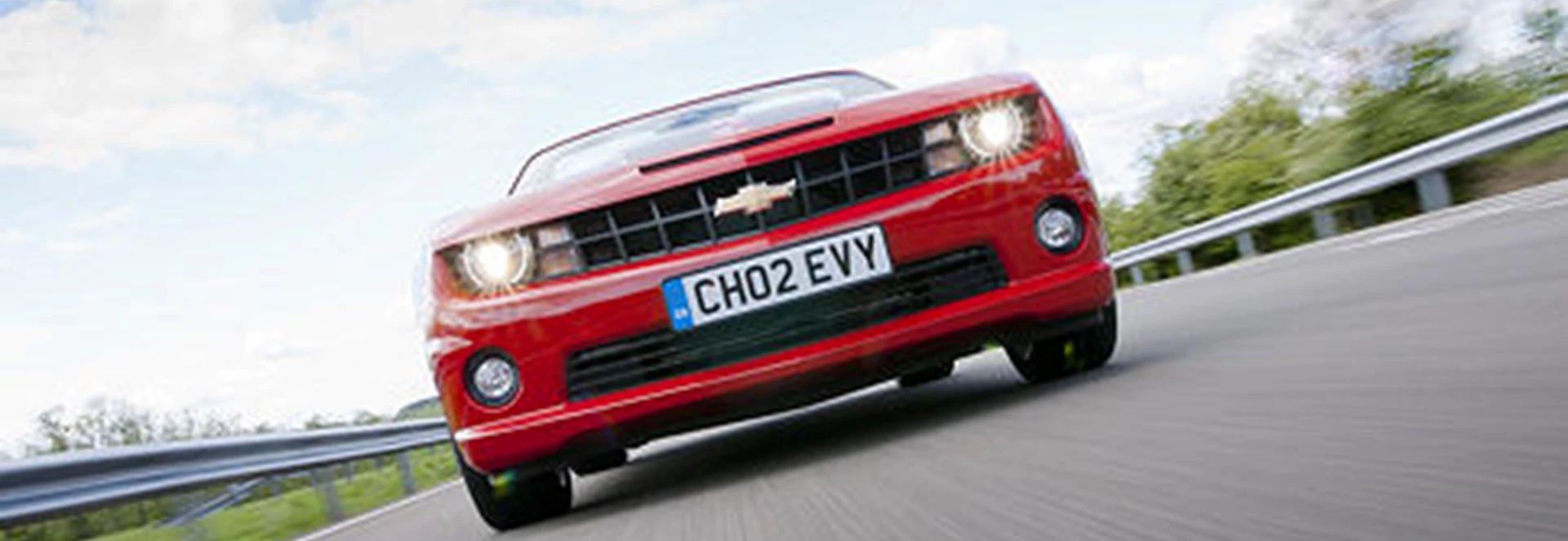
Our Rating
